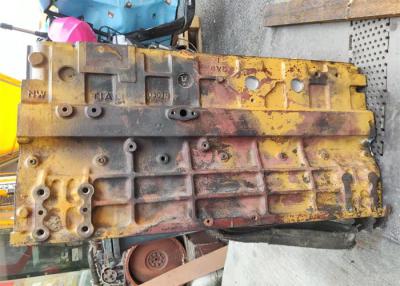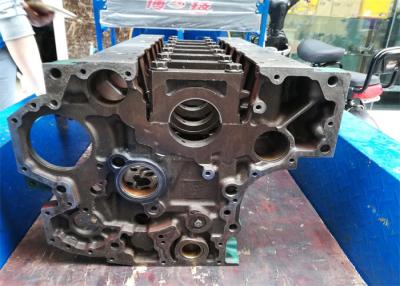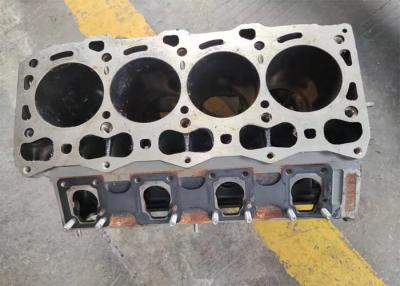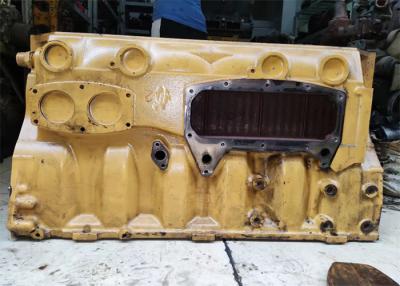





| Price | Negotiated |
| MOQ | Negotiable |
| Delivery Time | 5 - 8 work days |
| Brand | Caterpillar |
| Place of Origin | Japan |
| Model Number | C6.4 |
| Packaging Details | Neutral Package or Fumigation Free |
| Payment Terms | D/P, T/T |
| Supply Ability | 10 pieces |
| Condition | Used | Engine model | C6.4 |
| Place of Origin | Japan | Size | Standard |
| Packaging Details | Neutral Package or Fumigation Free | Color | Same as pictures |
| Excavator model | E320D | Material | Steel |
| Model Number | C6.4 | Supply Ability | 10 pieces |
| Brand Name | Caterpillar | Payment Terms | D/P, T/T |
| Type | Diesel Engine | Price | Negotiated |
| Delivery Time | 5 - 8 work days | Part number | 294 - 1725 |
C6.4 Diesel Used Engine Blocks For Excavator E320D E324D 294 - 1725
Specification
| Car name: Engine cylinder block | Model Number: C6.4 | |
| Cylinder stroke: 130 | Cylinder diameter: 102 | |
| Application: Excavator | valve: 24 valve | |
| Cooling: Water cooling | Injection: Electric | |
Description
Cylinder block
All the major engine components are installed on or in the engine block. These components, including the cylinder bores, are machined very precisely. They must be thick enough to contain the pressure of the burning fuel mixture.
A tight fit must be ensured between the cylinder base and the piston rings to enable the piston rings to seal the combustible gas.
If the cylinder becomes oval due to wear some of the gas escapes through the piston rings.
The gas which leaks through the piston rings is called blow-by. Blow-by reduces the efficiency of an engine. The finishing on the cylinder walls also affects the ring seal.
How to Test Pressure in an Engine Block
Step
1
Remove
the
engine
and
leave
only
the
engine
block
out.
Most
major
auto
parts
have
manuals
on
how
to
remove
the
engine
block,
as
it
varies
significantly
by
make
and
model
of
the
car.
Step
2
Cover
all
the
coolant
ports
on
the
engine
block
except
one.
You
can
find
universal
temporary
caps
at
most
auto
parts
stores.
Just
push
in
the
caps
in
all
the
coolant
ports.
The
coolant
ports
had
hoses
connected
to
the
engine
that
brought
in
coolant
fluid.
Step
3
Insert
the
air
tip
into
the
unblocked
coolant
port.
The
air
tip
will
be
included
in
the
compression
tester
kit.
Push
it
in
place
until
it
is
secured.
Step
4
Mix
water
and
soap
together
in
the
spray
bottle
in
a
five-to-one
ratio.
Shake
the
bottle
vigorously
to
create
bubbles.
Step
5
Connect
the
compression
gauge
to
the
air
tip
in
the
engine
block.
Connect
the
air
hose
from
the
air
compressor
to
the
compression
gauge,
and
turn
on
the
air
compressor.
Spray the engine block and cylinder with the spray bottle. You will see bubbles form where there is an air leak. The compression gauge will let you know the pressure in the engine.






